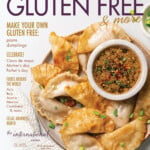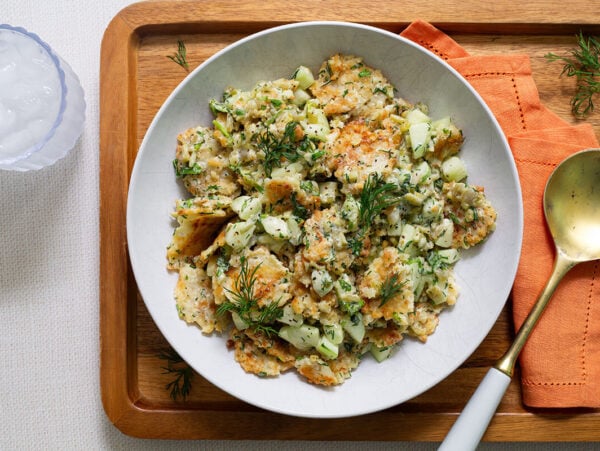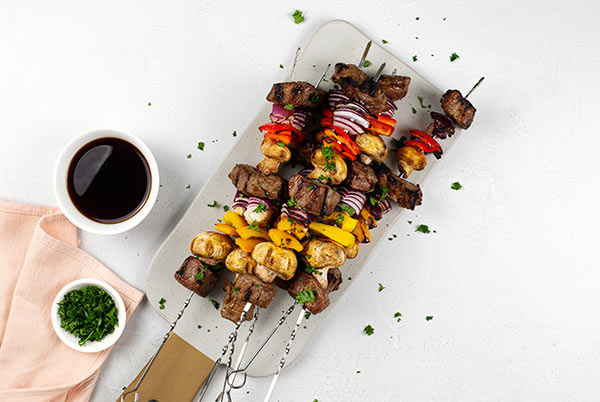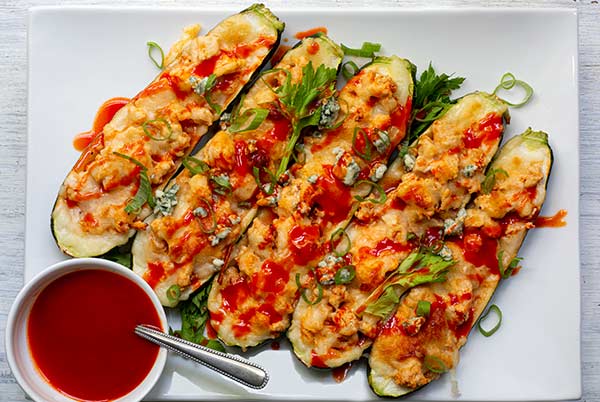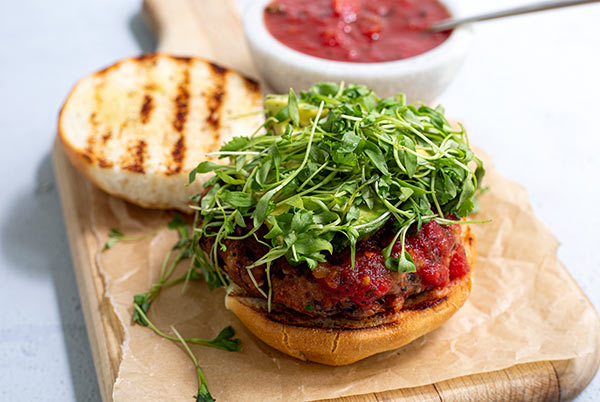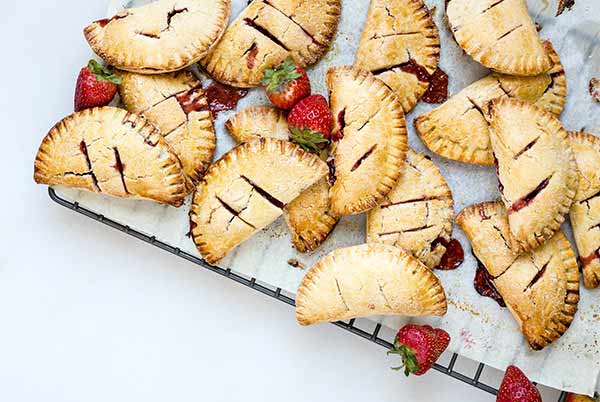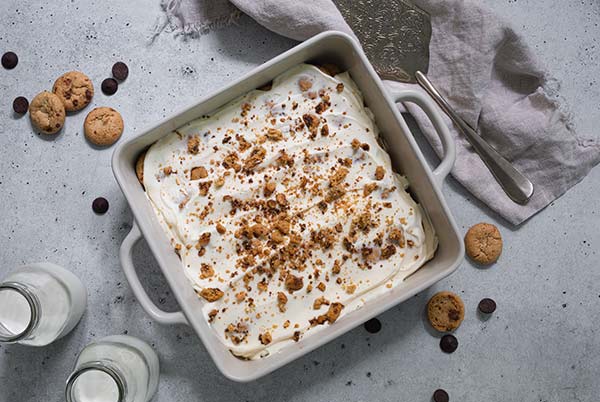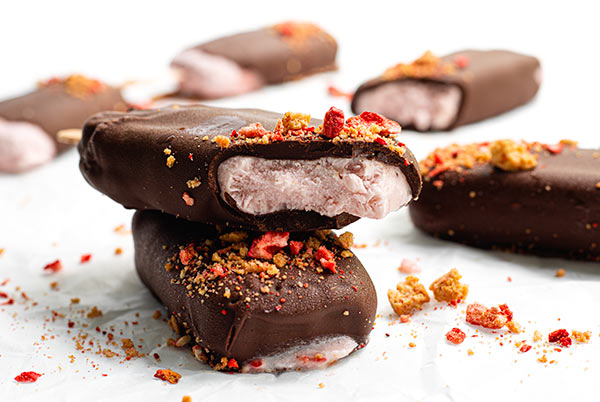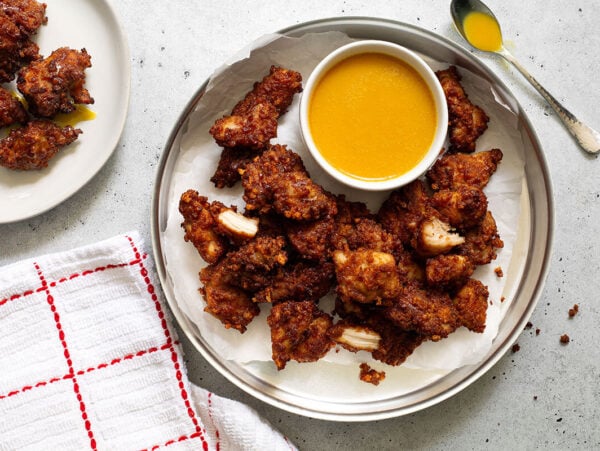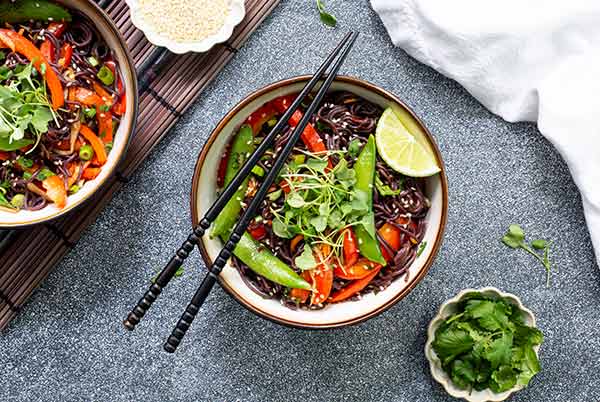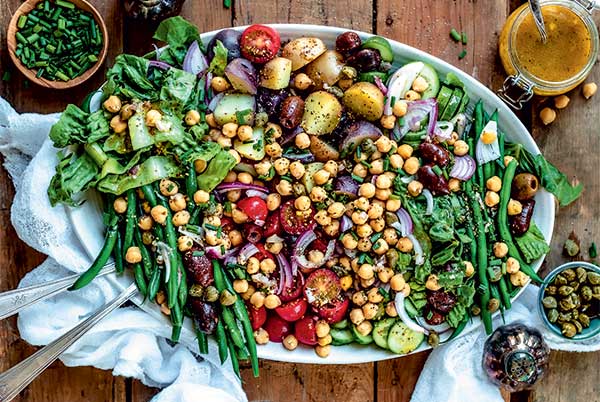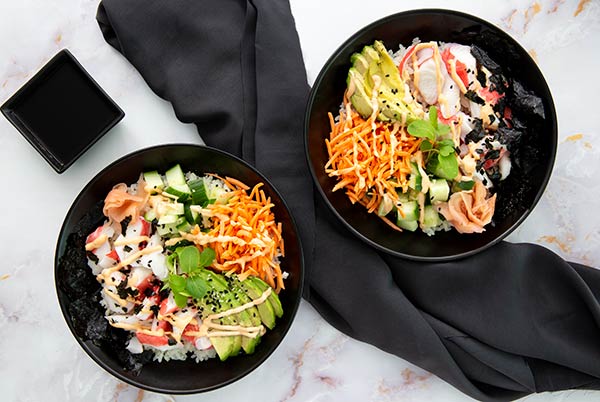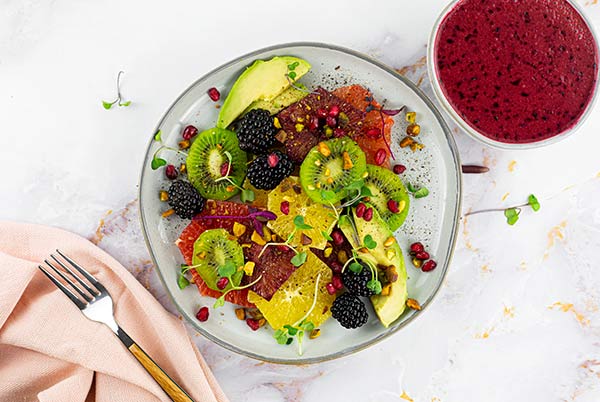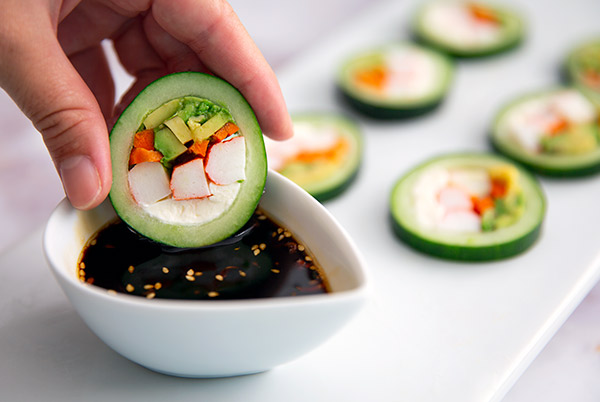Discover Delicious Gluten-Free Recipes
celebrating labor day
Celebrate the Fourth of July with Gluten Free & More recipes.
GFGluten FreeEFEgg FreeNFNut Free
T-Bone Steaks with Savory Compound Butter
GFGluten FreeEFEgg FreeNFNut FreeSFSoy FreeVGVegetarian
Tater Tot Potato Salad
GFGluten FreeDFDairy FreeGRGrain FreeEFEgg FreeNFNut Free
Yuzu Ponzu Grilled Steak and Vegetable Kebabs
GFGluten FreeGRGrain FreeEFEgg FreeNFNut FreeSFSoy Free
Buffalo Chicken Zucchini Boats – A Bold and Fresh Twist on Comfort Food
GFGluten FreeDFDairy FreeNFNut FreeRSRefined Sugar FreeSFSoy Free
Black Bean Salsa Burgers
GFGluten FreeDFDairy FreeGRGrain FreeVGVegetarian
Roasted Strawberry-Basil Hand Pies – A Fresh Take on a Classic Treat
GFGluten FreeNFNut FreeVGVegetarian
Chocolate Chip Ice Box Cake – A Cool, Creamy Classic Made Gluten-Free
GFGluten FreeDFDairy FreeVGVegetarian
Dairy Free Peanut Butter Brownie Milkshake
GFGluten FreeNFNut FreeVGVegetarian
Chocolate Dipped Strawberry Shortcake Ice Cream Bars
GFGluten FreeGRGrain FreeEFEgg FreeNFNut FreeSFSoy Free
No-Churn Honey Berry Ice Cream
The Latest
GFGluten FreeEFEgg FreeNFNut FreeRSRefined Sugar FreeSFSoy Free
Savor the Simplicity: Gluten-Free Anchovy Butter Pasta
GFGluten FreeDFDairy FreeNFNut FreeSFSoy Free
Ginger Chicken Bites with Honey Mustard – Crispy, Sweet, and Allergy-Friendly

Welcome
You’ve just landed in your gluten-free happy place! Gluten Free & More is America’s #1 allergen-free magazine, and we’re proud to be a vibrant collection of gluten-free voices, stories, and recipes that inspire and uplift.
Most Popular
GFGluten FreeNFNut FreeSFSoy FreeVGVegetarian
Gluten Free Easy, Easy, Easy! French Bread Recipe
GFGluten FreeDFDairy FreeEFEgg FreeRSRefined Sugar FreeVGVegetarian
Boost Your Day with a Dragon Fruit Smoothie Bowl
GFGluten FreeDFDairy FreeEFEgg FreeNFNut FreeRSRefined Sugar Free
Gluten-Free Black Rice Noodle Stir-Fry
GFGluten FreeNFNut FreeSFSoy Free
Gluten Free Angel Food Cake Recipe
GFGluten FreeGRGrain FreeVGVegetarian
Grain Free Vanilla Cupcakes
Find the perfect recipe
Search by ingredient, meal type, or keyword to find your next favorite dish.

Never miss an issue!
Gluten Free & More Magazine is America’s number one gluten and allergen-free magazine. Subscribe now and save up to 62%
Figure Friendly Favorites
GFGluten FreeDFDairy FreeGRGrain FreeEFEgg FreeNFNut Free
Chickpea Salad Niçoise
GFGluten FreeDFDairy FreeGRGrain FreeEFEgg FreeSFSoy Free
Dairy-Free Thai Pumpkin Soup
GFGluten FreeDFDairy FreeEFEgg FreeNFNut FreeVGVegetarian
California Sushi Bowls
GFGluten FreeGRGrain FreeEFEgg FreeVGVegetarian
Citrus Avocado Salad with Blueberry Vinaigrette Recipe
GFGluten FreeEFEgg FreeNFNut Free
Cucumber Sushi
Even More To Explore

stay in touch!
Sign up for our monthly newsletter and join our gluten-free community.
